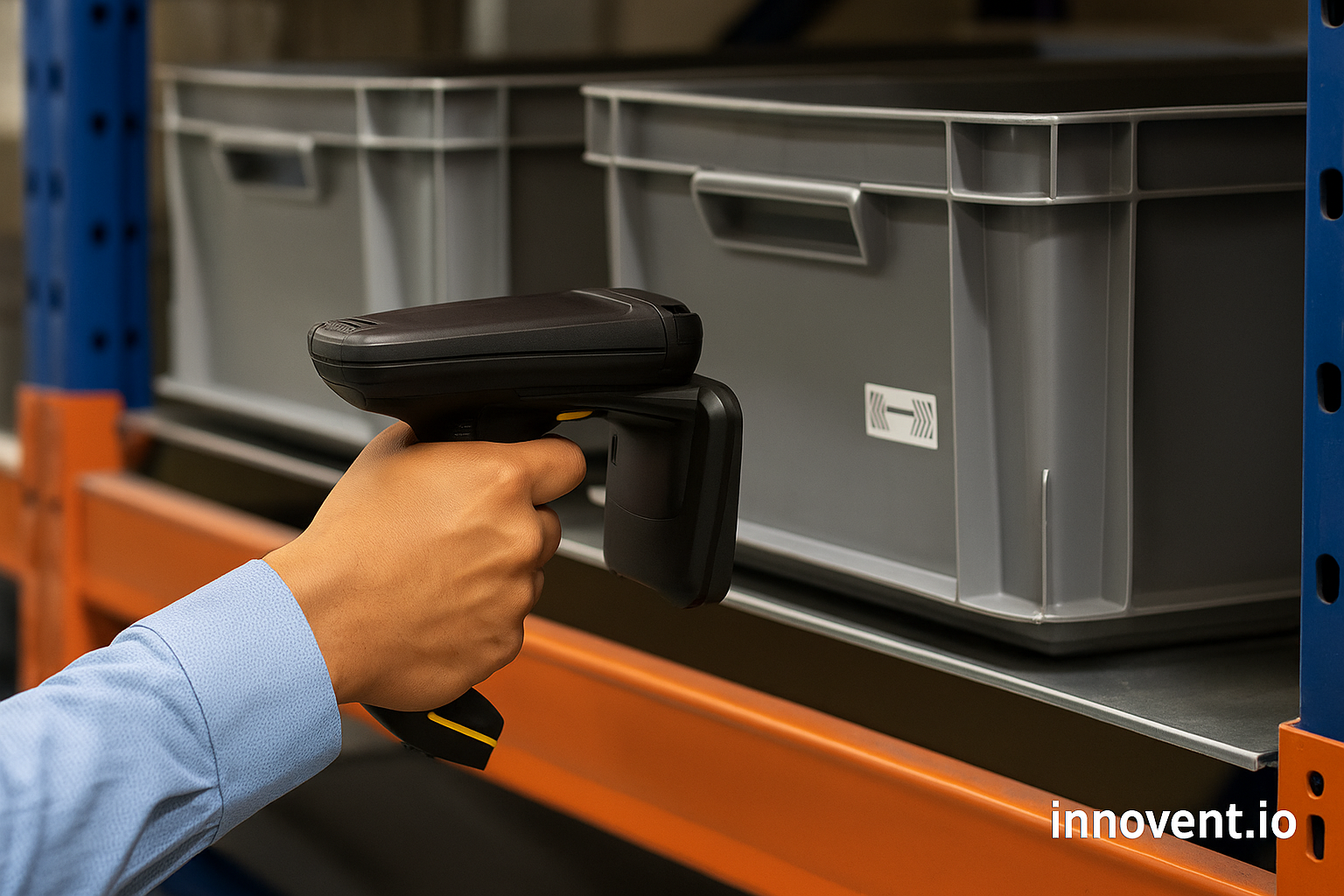How RFID Transforms Asset Audits: From Manual Logs to Real-Time Visibility
Trying to track assets manually is often more guesswork than science. People rely on outdated spreadsheets, paper logs, and barcode scans that miss more than they catch. It’s easy to overlook items, duplicate entries, or lose track of where things were last seen. RFID changes that. It replaces the pen-and-paper routine with automatic tracking. Items are logged instantly as they move in and out of spaces, without the need for line-of-sight scanning. For many businesses, RFID has boosted inventory accuracy from around 63 percent to over 95 percent. This kind of shift means fewer costly errors, fewer missing tools, and a lot less wasted time walking aisles with a clipboard.

Real-time tracking cuts down on retail loss
Loss prevention used to mean catching someone in the act. These days, it’s more about not losing track in the first place. Retailers deal with shrink from many causes: theft, damaged goods, returns abuse, and simple miscounts. RFID helps by giving an always-on picture of what’s in stock and what’s moving. When stores know exactly what they have and where it is, it’s harder for items to quietly disappear. Some retailers have seen their loss prevention efforts improve just by having better visibility. Organized retail crime is rising, and RFID is becoming one of the few technologies that keeps pace. More than 75 percent of large retail chains already use or plan to use RFID because it works not just for tracking, but for controlling loss.
Big savings on labor and cost
Switching to RFID is often a smart move on the balance sheet. Not only does it cut down audit time by as much as 30 percent, but it can also offer a return on investment of up to 200 percent in the first couple of years. The tags themselves are inexpensive, especially passive RFID tags, which can cost less than ten cents each. Once installed, RFID reduces the need for frequent manual checks. That’s less staff time spent counting and more time spent doing work that matters. The money saved on labor often covers the cost of the system. That’s why Innovent and other RFID-focused companies are seeing steady demand from businesses that want both accuracy and efficiency without breaking budgets.
Tag types matter choose what fits your need
Not all RFID tags are the same, and choosing the right type can make a big difference. Passive tags are cheap and reliable, ideal for tracking everyday inventory. They work well when items are moving through defined zones like doors or gates. Active tags have their own power source and can transmit over long distances. These are better for high-value assets or situations where you need real-time location updates. There’s also a middle option with semi-passive tags, which can handle things like temperature or environmental data. Each tag type comes with trade-offs, and knowing what works for your assets means your RFID system actually does its job instead of just being another layer of tech.
Why retailers and asset managers are finally onboard
RFID has been around for a while, but only recently has it become practical and affordable enough for widespread use. Today, retailers and asset-heavy businesses are seeing strong returns. Major clothing brands using RFID report inventory accuracy climbing to as high as 99 percent. Some also see 1.5 to 5.5 percent increases in sales simply because stock is in the right place at the right time. Others reduce their overall inventory by up to 13 percent while still keeping shelves full. In healthcare, RFID helps reduce equipment loss and nurse search time. In IT, it helps operators find servers faster and avoid downtime. From retail floors to data centers to hospitals, more companies are seeing RFID not as a future idea, but as a present-day advantage.
References
- https://www.innovent.io/news/how-rfid-asset-management-can-reduce-losses-and-improve-efficiency
- https://cpcongroup.com/rfid-for-asset-tracking-and-inventory-management
- https://rfidjournal.com/news/study-finds-shrinkage-at-crisis-level-for-many-retailers/221397
- https://altavantconsulting.com/rfid-technology-inventory-tracking
- https://www.ecrloss.com/research/rfid-in-retail
- https://www.rfcode.com/blog/it-asset-management-accuracy-financial-impact








